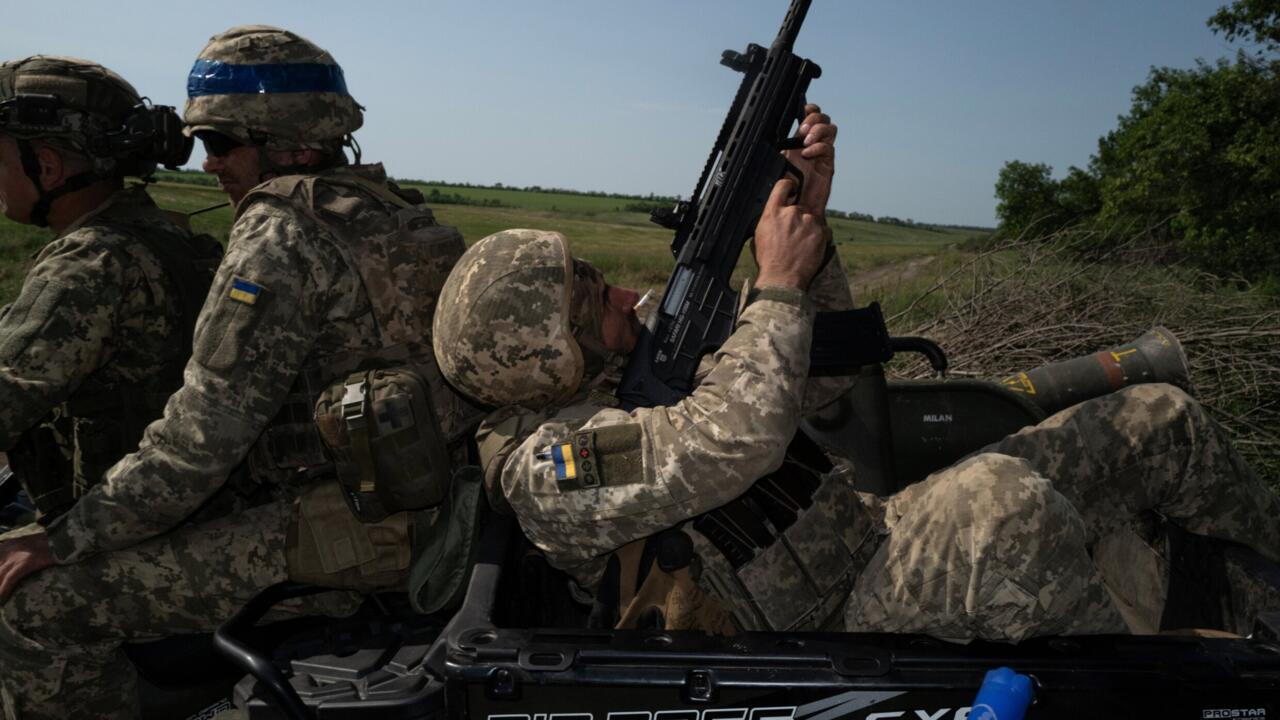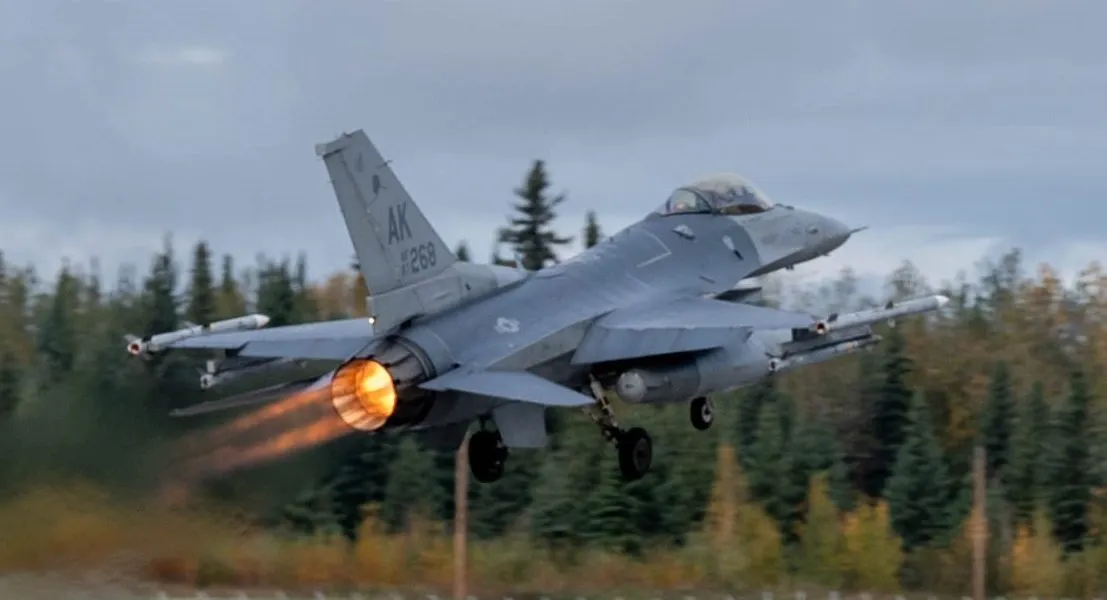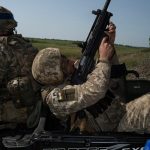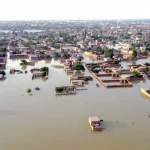In late August 2025, U.S. fighter jets were scrambled once again as a Russian reconnaissance aircraft approached Alaskan airspace. This incident marks a growing trend of Russian military flights near U.S. borders, raising concerns over national security, Arctic strategy, and geopolitical tensions. The latest scramble was not an isolated event—it is part of a series of maneuvers that illustrate the delicate balance between monitoring foreign activity and avoiding international escalation.
Understanding the Alaskan Air Defense Identification Zone
Alaska is home to a strategically crucial buffer known as the Air Defense Identification Zone (ADIZ). This zone extends hundreds of miles into international airspace, allowing U.S. authorities to monitor approaching aircraft. Any plane entering the ADIZ is required to identify itself and comply with NORAD procedures. While incursions into this zone are not uncommon, the recent frequency of Russian flights has alarmed military analysts and policymakers alike.
The Russian IL-20 Reconnaissance Aircraft
The aircraft involved in these flights is the Russian Ilyushin IL-20, a Cold War-era reconnaissance plane that remains highly effective in electronic intelligence operations. Its primary function is to gather information on radar systems, communications, and military positions. The presence of IL-20s near Alaska highlights Russia’s continued investment in Arctic intelligence operations, signaling strategic intentions to maintain influence over northern regions.
The Surge in Recent Intercepts
Between August 20 and 24, 2025, U.S. jets intercepted Russian reconnaissance planes on multiple occasions. Each time, F-16 fighters were scrambled to identify and shadow the aircraft. These repeated incidents coincide with U.S.-led military exercises in Alaska and the broader Arctic, creating a high-stakes environment where both nations monitor each other closely. The timing and frequency of these flights have prompted discussions about Russia’s strategic motives and the risk of accidental encounters escalating into conflict.
NORAD’s Response and Capabilities
The North American Aerospace Defense Command (NORAD) employs a sophisticated layered defense system. This includes satellite surveillance, ground-based radar stations, and airborne early-warning aircraft. Fighter jets are scrambled as a rapid-response measure to visually identify intruding aircraft and maintain air sovereignty. The combination of technological monitoring and human intervention allows the U.S. to respond efficiently to potential threats without unnecessarily escalating tensions.
Geopolitical Implications
The repeated approach of Russian reconnaissance planes near Alaska highlights a broader geopolitical struggle. These flights are not merely routine intelligence-gathering; they send a signal about Russia’s strategic priorities and its willingness to project power in the Arctic. This activity comes amidst ongoing tensions over NATO expansion, global military posturing, and the U.S.-Russia rivalry in Europe and the Arctic. Each intercept underscores the importance of careful diplomacy alongside robust defense preparedness.
The Arctic as a Strategic Theater
The Arctic region has become a vital arena for global powers. Its melting ice and emerging shipping routes make it economically and militarily significant. Russia has been expanding military infrastructure in the region, while the U.S. maintains vigilance from Alaska to safeguard northern approaches. Control and monitoring of the Arctic have implications for energy resources, trade routes, and global security, making these aerial maneuvers far more than routine military exercises.
Risk Management and Avoiding Escalation
Every intercept carries the risk of miscalculation. While U.S. jets routinely shadow Russian aircraft, careful coordination is essential to prevent accidental collisions or misunderstandings that could escalate into larger conflicts. Both nations maintain strict protocols to minimize risk, but the frequency of these incidents emphasizes the fine line between strategic posturing and potential confrontation.
Long-Term Implications
The repeated Russian incursions into Alaskan airspace highlight the evolving nature of military strategy in the Arctic. Analysts suggest that these operations are part of a broader effort to project influence and gather intelligence. For the U.S., maintaining robust defenses, situational awareness, and rapid-response capability is critical. Future developments may include enhanced surveillance technologies, increased patrols, and diplomatic initiatives aimed at establishing clearer operational boundaries.
FAQs
What is the Alaskan Air Defense Identification Zone (ADIZ)?
The ADIZ is a buffer zone extending into international airspace. Aircraft entering this zone are monitored to protect U.S. airspace and national security.
What is the IL-20 reconnaissance aircraft?
The IL-20 is a Russian plane designed for electronic intelligence gathering. It monitors radar systems, military communications, and troop movements.
How does NORAD respond to incursions?
NORAD uses satellites, radar, and fighter jets to identify and monitor foreign aircraft. F-16 jets are scrambled when necessary to intercept and visually confirm aircraft approaching U.S. airspace.
Why is the Arctic region strategically important?
The Arctic holds vital shipping routes, energy resources, and military significance. Control of the region influences global trade and security dynamics.
Are these Russian flights unusual?
While Russian reconnaissance flights near Alaska occur periodically, the recent frequency and timing of these flights have raised concerns among military analysts about strategic intent.
Conclusion
The recent scrambles of American jets in response to Russian reconnaissance flights near Alaska demonstrate the ongoing strategic competition between global powers. While no direct confrontation has occurred, the pattern of incursions underscores the importance of vigilance, preparedness, and diplomacy. The Arctic, once a quiet northern frontier, is now a theater of geopolitical significance where intelligence gathering, military readiness, and international norms intersect. For the United States, maintaining airspace integrity and monitoring foreign activity will remain a priority as global dynamics continue to shift.











